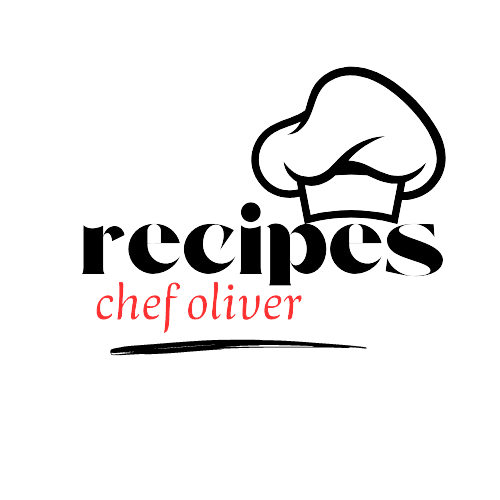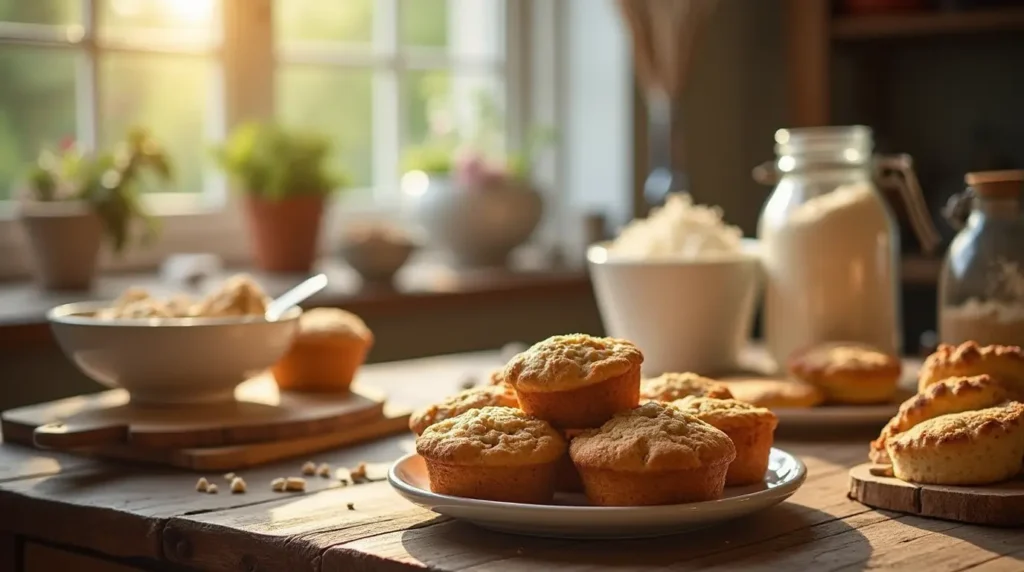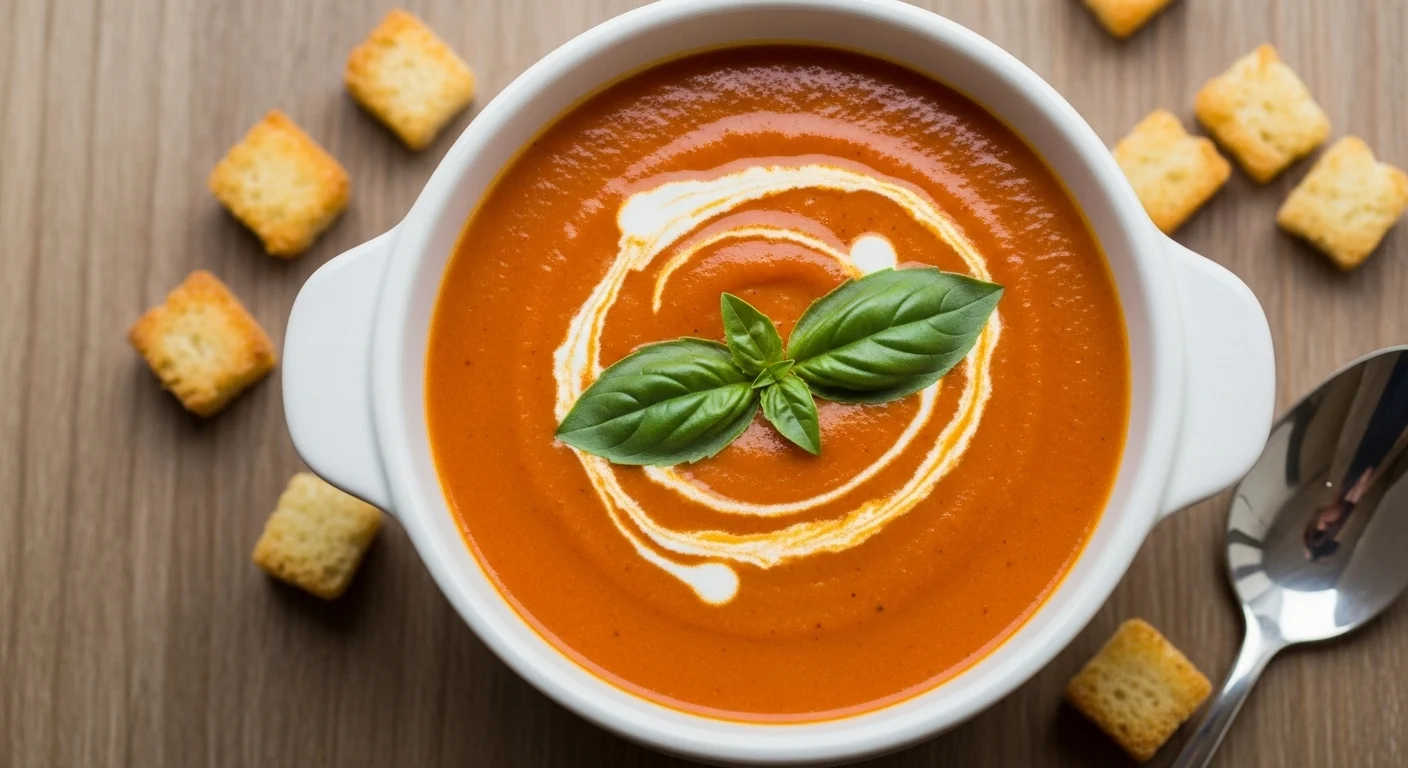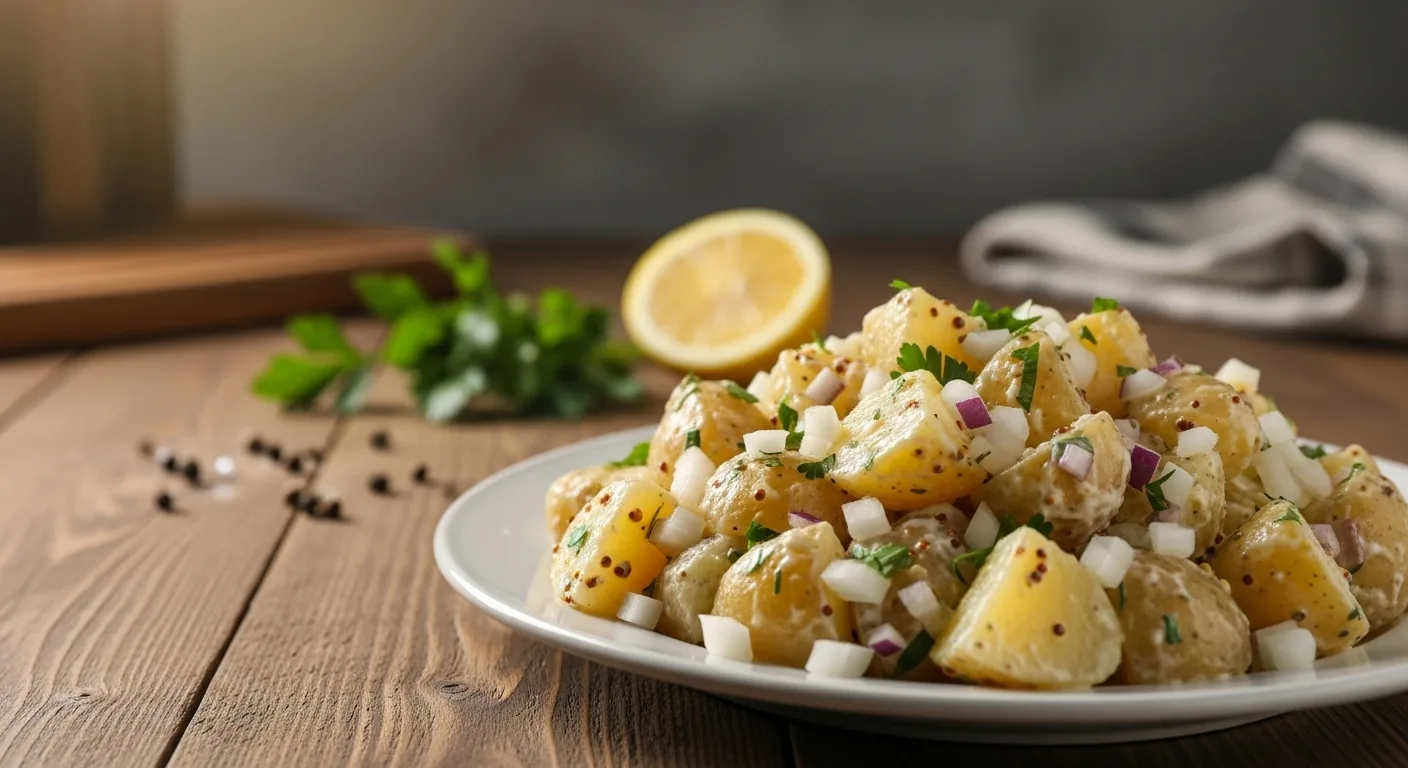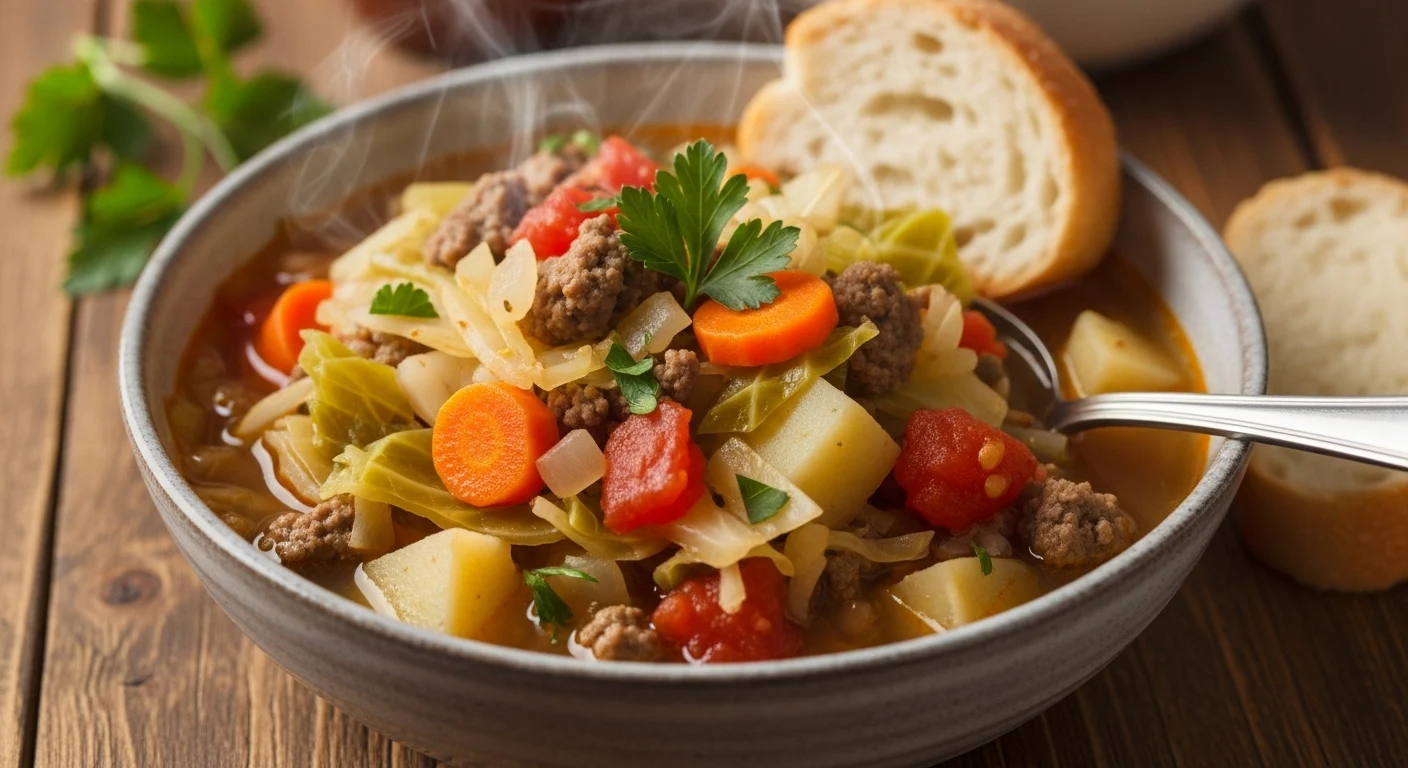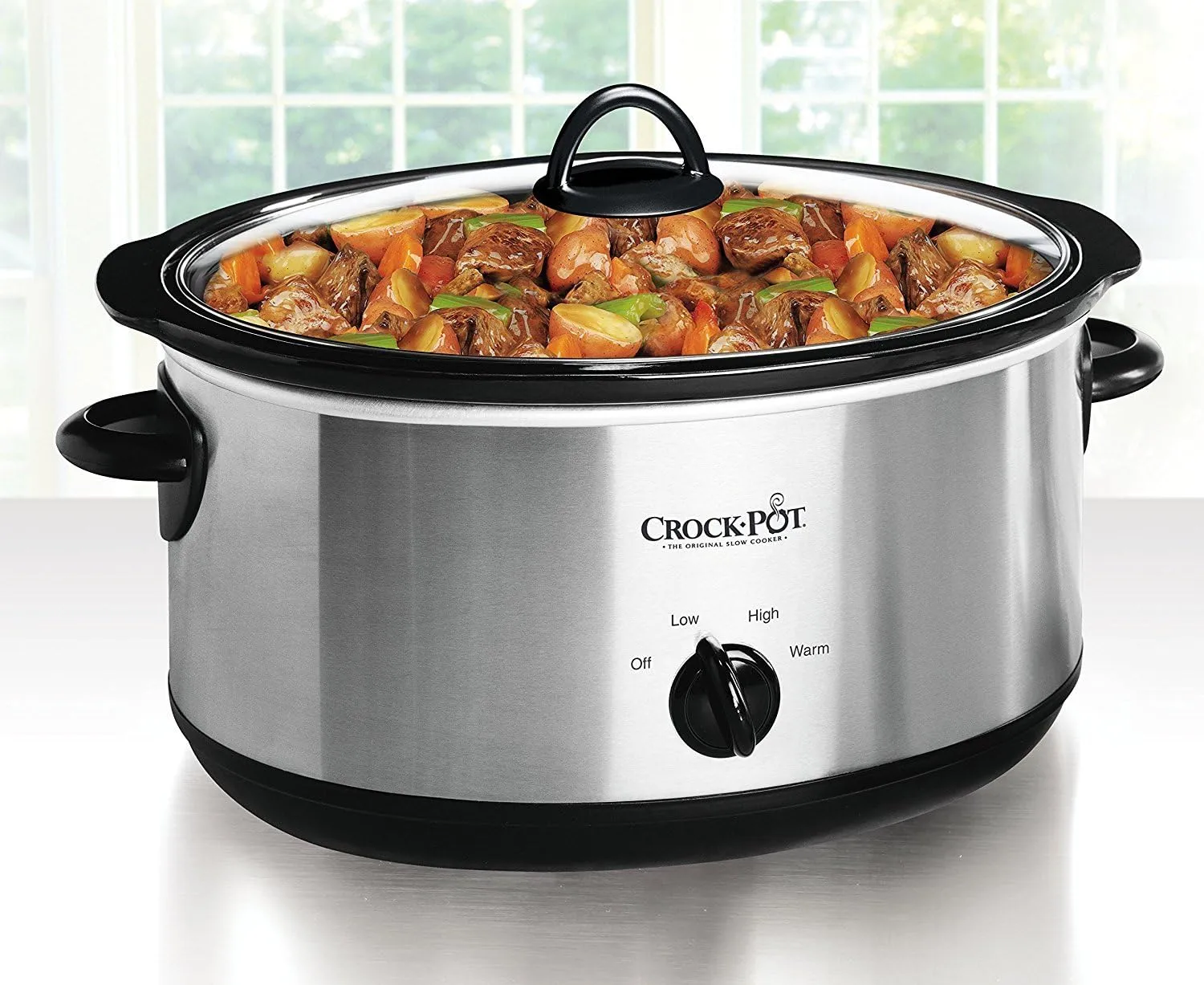Ever thought about making tasty baked goods without gluten? Oat flour is a surprising star in gluten-free baking. It brings both versatility and flavor, shaking up traditional baking. As you try oat flour recipes, you’ll see it can make your gluten-free baking better, with unique textures and tastes.
Looking for simple oat flour recipe ideas or want to meet gluten sensitivities? This guide will show you how to use oat flour in your kitchen.
Table of Contents
ToggleKey Takeaways
- Oat flour is a versatile ingredient for gluten-free baking.
- Easy oat flour recipe ideas offer nutritious alternatives to traditional baked goods.
- Homemade oat flour can be made by grinding rolled oats.
- Oat flour can be used alone or blended with other ingredients for optimal results.
- Oat flour has a unique flavor profile that enhances baked dishes.
Understanding Oat Flour
Oat flour is made by grinding rolled oats into a fine powder. It has a slightly sweet taste and makes baked goods moist. Choosing oat flour means picking a whole grain that’s nutritious and versatile.
For those with gluten sensitivities or celiac disease, picking certified gluten-free oat flour is key. It keeps the product safe from cross-contamination. Oat flour is rich in protein and fiber, helping you stay full longer.
Oat flour holds moisture well, making baked goods fluffier and tender. It works like wheat flour but needs a binder for structure. In recipes, using 25-30% oat flour is best for texture.
Oat flour is easy to find in stores, making it simple to use in cooking. It’s great for pancakes, muffins, or cookies, adding nutrition to your meals.
The Benefits of Baking with Oat Flour
Baking with oat flour offers many benefits of oat flour. It makes your recipes taste better and be healthier. This flour is made from 100% ground rolled oats. It’s packed with vitamins and minerals like manganese, selenium, and magnesium.
Using oat flour in your baking gives your cakes and baked goods a moist, fluffy texture. This is especially true for nutritious oat flour recipes.
Oats are high in fiber, which is great for gluten-free baking. Fiber helps with weight management and keeps your digestive system healthy. The fibers in oat flour can also lower bad cholesterol and blood pressure, which is good for your heart.
Oat flour soaks up a lot of liquid, making your baked goods moist and tender. This is perfect for cookies and muffins, giving them a soft crumb. As you try out nutritious oat flour recipes, you’ll see how it adds a sweet touch to desserts.
Adding oat flour to your recipes will not only nourish your body. It will also make your baked goods taste amazing with its unique texture and flavor.
How to Make Oat Flour at Home
Making homemade oat flour is quick and easy. Just use 2 cups of rolled oats and a blender or food processor. You can make your own flour in about 30 seconds. This DIY recipe lets you enjoy fresh oat flour, improving your cooking and baking.
To start, place 2 cups of rolled oats in your blender. Blend for about 20 seconds. If there are still chunks, blend for another 10 to 15 seconds until it’s smooth. You’ll get about 1.75 cups of oat flour, perfect for many recipes.
Remember, oats are naturally gluten-free but can be contaminated. Always choose certified gluten-free oats to stay safe, especially if you’re gluten-sensitive or have celiac disease. Brands like Bob’s Red Mill are good choices. Keep your homemade oat flour in an airtight container in a cool, dark place for up to 4 weeks. Or, store it in the pantry for up to 3 months.
Substituting Oat Flour
When you think about using oat flour instead of regular flour, remember the weight difference. One cup of oat flour is lighter than one cup of all-purpose flour. This means you need to measure it carefully. Using a kitchen scale is the best way to get it right.
Oat flour is great for those who can’t have gluten. But, it’s not perfect for every recipe. For example, yeast breads don’t turn out well with oat flour because it lacks gluten. This can make quick breads and muffins crumbly.
But, you can mix oat flour with all-purpose flour. Up to 25% of all-purpose flour can be replaced with oat flour. This works well for gluten-free baking. Mixing it with other gluten-free flours can make your baked goods even better.
Be careful with other gluten-free flours. Almond flour, for instance, is denser and has more fat. It’s not a good substitute for oat flour. Also, sweet rice flour, potato starch, and tapioca flour don’t work well either.
To get the best results, let batters rest for 10-15 minutes before baking. For cookie dough, chilling it in the fridge for 1 hour to 24 hours can make it better.
Using certified gluten-free oat flour is important. It keeps your baking safe for those with gluten issues. Don’t be afraid to try different amounts and mixes of gluten-free flours. This way, you can make delicious treats.
Gluten-Free Baking Tips for Success
Starting gluten-free baking? Knowing key tips is crucial. First, sift your oat flour for a light texture. Then, make sure to hydrate the dough well before baking. This helps the oat flour soak up moisture, making your baked goods better.
Using eggs as binders is important. They help hold your gluten-free treats together. Don’t forget to let the dough rest while the oven heats up. This step helps the dough absorb more moisture, making your treats even better.
- Think about mixing oat flour with other gluten-free flours for better texture.
- Use a kitchen scale for accurate flour measurements.
- Mix your gluten-free batters for two minutes to build structure.
- Adding extra leavening agents can make your treats fluffier.
These tips will make your gluten-free baking better. As you keep baking, try new things. You’ll find the best mix for your favorite treats.
Delicious Oat Flour Desserts
Oat flour is great for making tasty desserts that are gluten-free. Oat flour chocolate chip cookies are a favorite for their delicious taste. They need just 8 ingredients and can be made in about 20 minutes.
The dough only needs 30 minutes to chill, unlike other recipes that take hours. Each cookie has about 164 calories, making them a tasty treat.
Looking for gluten-free desserts? Oat flour cakes are a great choice. They make 12 servings and are easy to make with simple ingredients. The whole process takes about 50 minutes, including baking for 35-40 minutes.
Each slice has around 268 calories and is packed with nutrients from oat flour. They’re perfect with different toppings.
Trying out oat flour desserts is fun and rewarding. You can make moist brownies or creative muffins. Oat flour makes your gluten-free desserts delicious and healthy, impressing everyone.
Nutritious Oat Flour Dishes
Oat flour is a great addition to your meals. It’s packed with vitamins, minerals, and fiber. You can make everything from muffins to savory dishes, boosting their nutritional value.
There are many types of oat flour recipes to try. You can make Healthy Peanut Butter Banana Muffins or Ultimate Vegan Black Bean Burgers. Oat flour is versatile, perfect for breads, crisps, cookies, and bars.
Oat flour has beta-glucan, which helps lower LDL cholesterol. It also helps control blood sugar, keeping you energized. This is great for avoiding that mid-afternoon slump.
Storing oat flour baked goods is easy. They last up to a week in an airtight container. You can also store cookie dough for a week. Top your creations with vegan chocolate chips for extra sweetness.
Easy Oat Flour Ideas
Exploring easy oat flour recipe ideas opens a world of culinary creativity. Oat flour, made from finely milled oat groats, offers a soft, powdery texture. It’s perfect for baking. Its unique balance of starch, fat, and protein makes it an excellent choice for achieving tender and fluffy baked goods. Incorporating this gluten-free alternative into your cooking can be simple and rewarding.
Consider the versatility of oat flour when planning quick oat flour meals. Whether you are whipping up oat flour pancakes for breakfast or preparing muffins for a snack, these recipes adapt easily to various dietary preferences. For instance, you can make oat flour pancakes suitable for gluten-free, dairy-free, or even vegan diets with minimal effort.
- Fluffy Oat Flour Drop Biscuits
- Oat Flour Banana Bread
- Rich Oat Flour Brownies
- Fluffy Oat Flour Waffles
- Quick Oat Flour Cake
Using oat flour in your cooking means you can keep your meals not only easy but also delightful. Remember that oat flour absorbs liquids readily, making moisture management essential. Adjusting your recipes to account for this will help ensure you achieve the perfect texture. With these easy oat flour recipe ideas, you can create delicious dishes that are both satisfying and nutritious.
Healthy Cooking with Oat Flour
Adding oat flour to your cooking makes meals healthier. It’s great for gluten-free dishes, adding whole grain goodness. Oat flour is packed with fiber, protein, and vitamins and minerals.
Using oat flour in baking offers many healthy choices. You can make tasty breads, muffins, cookies, and more. For example, a simple oat flour bread recipe uses 3 cups of oat flour, 2 teaspoons of baking powder, and half a cup of soy milk. It shows how oat flour keeps flavors good while boosting health.
Oat flour is better than all-purpose flour because it has more nutrients. It has more fiber and protein, helping you feel full and keeping blood sugar stable. Using oat flour in your cooking means you can make healthier, more satisfying meals.
Oat Flour Pancake Recipe
This oat flour pancake recipe is a tasty and healthy way to start your day. You only need five main ingredients: oat flour, baking powder, eggs, yogurt, and maple syrup. Start by mixing 2 cups of oat flour, 4 teaspoons of baking powder, 2 large eggs, 1 1/4 cups of milk, and 2 tablespoons of melted butter. This creates a smooth batter for fluffy pancakes.
Cooking these pancakes is quick. Each pancake takes 2-3 minutes per side. Use 1/4 cup of batter for each pancake to ensure even cooking. This recipe makes about 8 pancakes, each with about 82 calories. They have 11g of carbohydrates and 4g of protein, making them a great choice for a gluten-free breakfast.
Top your pancakes with fruit, nuts, or more maple syrup for a wonderful breakfast. You can store any leftover pancakes in the fridge for up to a week or freeze them for six months. This recipe is not only delicious but also convenient.
A Collection of Favorites
Exploring a collection of oat flour recipes opens a world of tasty gluten-free dishes. These recipes show how versatile oat flour is, making it a favorite in many American kitchens. With more people looking for gluten-free options, finding the best oat flour recipes is key. They offer healthy choices without losing flavor.
This collection includes popular gluten-free oat flour dishes like breads, desserts, and main courses. Oat flour has about 14% protein, making it a healthier choice than regular wheat flour. It also has a lower glycemic index, which is good for baked goods. Plus, using oat flour is easy, as it can replace all-purpose flour 1:1.
This simplicity has led to a 50% increase in oat flour recipe searches over the last two years. As you try these recipes, you’ll see oat flour keeps baked goods moist. It makes them taste better and last longer. Whether you’re making oatmeal cookies or fluffy pancakes, oat flour is essential. Start exploring the many ways oat flour can enhance your baking!
Conclusion
Oat flour is a great choice for gluten-free baking. It’s packed with nutrients and tastes delicious. It’s perfect for making muffins, waffles, and even pasta.
Learning to use oat flour can make your baking better. It adds texture and flavor to your food. Plus, it’s full of magnesium and iron.
Exploring oat flour recipes can be fun and healthy. It lets you create tasty, nutritious meals. So, go ahead and bake something amazing with oat flour!
